
The relationship between the three elements of the system for a system, elements, intrinsic connections and goals, all of which It is indispensable. They are interconnected and perform their respective duties.● The whole is greater than the sum of the parts. ● Many interconnections in the system operate through the flow of information.
Definition of a system: an interconnected component that can achieve a goal or function as a whole. A system can contain multiple subsystems, and it can also be embedded in other larger systems to become a subsystem of a larger system.
Relationship Relationship is the interconnection and role between elements that you can't see.
1. The five management functions of the operating system: job management: including tasks, interface management, human-computer interaction, graphical interface, voice control and virtual reality, etc. File management: also known as information management. Storage management: The essence is the management of storage "space", which mainly refers to the management of the main memory.
2. The urinary system is composed of the kidney, ureter, bladder and urethra. Its main function is excretion. The function of the reproductive system is to produce germ cells, reproduce new individuals, secrete sex hormones and maintain secondary sexual features.
3. The function of the system refers to the properties, abilities and functions expressed in the interconnection and interaction between the system and the external environment. For example, the function of the information system is to collect, transmit, store, process, maintain and use information, assist decision-makers in making decisions and help enterprises achieve their goals.
4. The role of the operating system Process management, also known as processor management, its main task is to reasonably allocate the processor's time and effectively manage the operation of the processor.
1. The information system includes four elements: personnel, technology, process and data. The operation, maintenance and services of the information system are composed of various management activities, mainly including operation management and control, IT service management, operation and monitoring, and terminal side Management, library management, security management, media control and data management, etc.
2. The basic elements of the information system are as follows: the elements of the information system include computer hardware, network and communication equipment, computer software, information resources, information users and rules and regulations. Information system structure Infrastructure layer: It consists of hardware, system software and network that support the operation of computer information system.
3. The basic element of the information system is input. The general information system includes five basic elements, namely input, processing, output, feedback and control.Among them, the input is the raw data to be processed by the system.
The functional elements of the logistics system are generally considered to be transportation, storage, packaging, loading and unloading, circulation processing, distribution, logistics information, etc. If we examine the actual work links of logistics activities, logistics consists of the above seven specific tasks.
Key points of the answer: transportation, warehousing system, packaging system, loading and unloading system, circulation processing, distribution system [Analysis] This question examines the function of the logistics system.
The seven functional elements of logistics are: transportation function, warehousing function, loading and unloading function, packaging reinforcement function, circulation processing function, delivery and distribution function, and logistics information service function.
The functional elements of the logistics system are generally considered to be transportation, storage, loading and unloading, handling, packaging, circulation processing, distribution, information processing, etc. Seven functions of logistics: 1) Transportation function Transportation function is one of the basic service contents of logistics services.
Transportation functional elements: Transportation has a high technical content, which is of great significance to reducing logistics costs and improving logistics efficiency compared with the mode of transportation, the choice of means of transportation and the optimization of transportation routes.
1. The system has certain functions, or the system should have a certain purpose. The function of the system refers to the properties, capabilities and functions expressed in the interconnection and interaction between the system and the external environment.
2. Operating System (OS) is a computer program that manages computer hardware and software resources. The operating system is a program collection that controls and manages computer software and hardware resources, and organizes multiple users to share multiple resources in the most reasonable and effective way.
3. The role of the operating system is to control and manage resources. The operating system (OS) is a computer program that manages computer hardware and software resources.
Casino Plus free 100-APP, download it now, new users will receive a novice gift pack.
The relationship between the three elements of the system for a system, elements, intrinsic connections and goals, all of which It is indispensable. They are interconnected and perform their respective duties.● The whole is greater than the sum of the parts. ● Many interconnections in the system operate through the flow of information.
Definition of a system: an interconnected component that can achieve a goal or function as a whole. A system can contain multiple subsystems, and it can also be embedded in other larger systems to become a subsystem of a larger system.
Relationship Relationship is the interconnection and role between elements that you can't see.
1. The five management functions of the operating system: job management: including tasks, interface management, human-computer interaction, graphical interface, voice control and virtual reality, etc. File management: also known as information management. Storage management: The essence is the management of storage "space", which mainly refers to the management of the main memory.
2. The urinary system is composed of the kidney, ureter, bladder and urethra. Its main function is excretion. The function of the reproductive system is to produce germ cells, reproduce new individuals, secrete sex hormones and maintain secondary sexual features.
3. The function of the system refers to the properties, abilities and functions expressed in the interconnection and interaction between the system and the external environment. For example, the function of the information system is to collect, transmit, store, process, maintain and use information, assist decision-makers in making decisions and help enterprises achieve their goals.
4. The role of the operating system Process management, also known as processor management, its main task is to reasonably allocate the processor's time and effectively manage the operation of the processor.
1. The information system includes four elements: personnel, technology, process and data. The operation, maintenance and services of the information system are composed of various management activities, mainly including operation management and control, IT service management, operation and monitoring, and terminal side Management, library management, security management, media control and data management, etc.
2. The basic elements of the information system are as follows: the elements of the information system include computer hardware, network and communication equipment, computer software, information resources, information users and rules and regulations. Information system structure Infrastructure layer: It consists of hardware, system software and network that support the operation of computer information system.
3. The basic element of the information system is input. The general information system includes five basic elements, namely input, processing, output, feedback and control.Among them, the input is the raw data to be processed by the system.
The functional elements of the logistics system are generally considered to be transportation, storage, packaging, loading and unloading, circulation processing, distribution, logistics information, etc. If we examine the actual work links of logistics activities, logistics consists of the above seven specific tasks.
Key points of the answer: transportation, warehousing system, packaging system, loading and unloading system, circulation processing, distribution system [Analysis] This question examines the function of the logistics system.
The seven functional elements of logistics are: transportation function, warehousing function, loading and unloading function, packaging reinforcement function, circulation processing function, delivery and distribution function, and logistics information service function.
The functional elements of the logistics system are generally considered to be transportation, storage, loading and unloading, handling, packaging, circulation processing, distribution, information processing, etc. Seven functions of logistics: 1) Transportation function Transportation function is one of the basic service contents of logistics services.
Transportation functional elements: Transportation has a high technical content, which is of great significance to reducing logistics costs and improving logistics efficiency compared with the mode of transportation, the choice of means of transportation and the optimization of transportation routes.
1. The system has certain functions, or the system should have a certain purpose. The function of the system refers to the properties, capabilities and functions expressed in the interconnection and interaction between the system and the external environment.
2. Operating System (OS) is a computer program that manages computer hardware and software resources. The operating system is a program collection that controls and manages computer software and hardware resources, and organizes multiple users to share multiple resources in the most reasonable and effective way.
3. The role of the operating system is to control and manage resources. The operating system (OS) is a computer program that manages computer hardware and software resources.
UEFA Champions League live streaming free
author: 2025-02-23 00:53100 free bonus casino no deposit GCash
author: 2025-02-23 00:06UEFA Champions League standings
author: 2025-02-23 00:00Free sports events uefa champions league app android
author: 2025-02-22 23:46 Hearthstone Wild Decks
Hearthstone Wild Decks
371.29MB
Check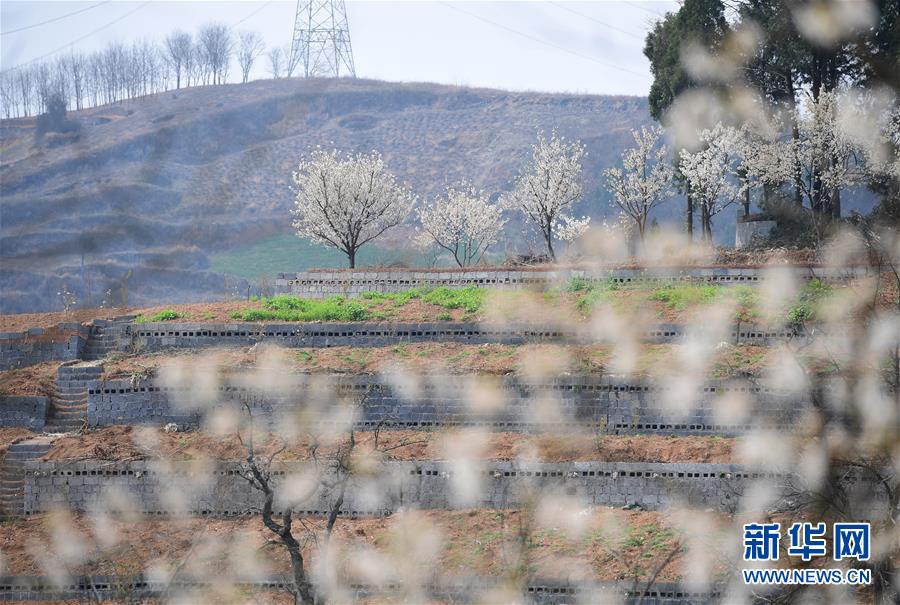 European Cup live
European Cup live
615.66MB
Check UEFA Champions League
UEFA Champions League
192.91MB
Check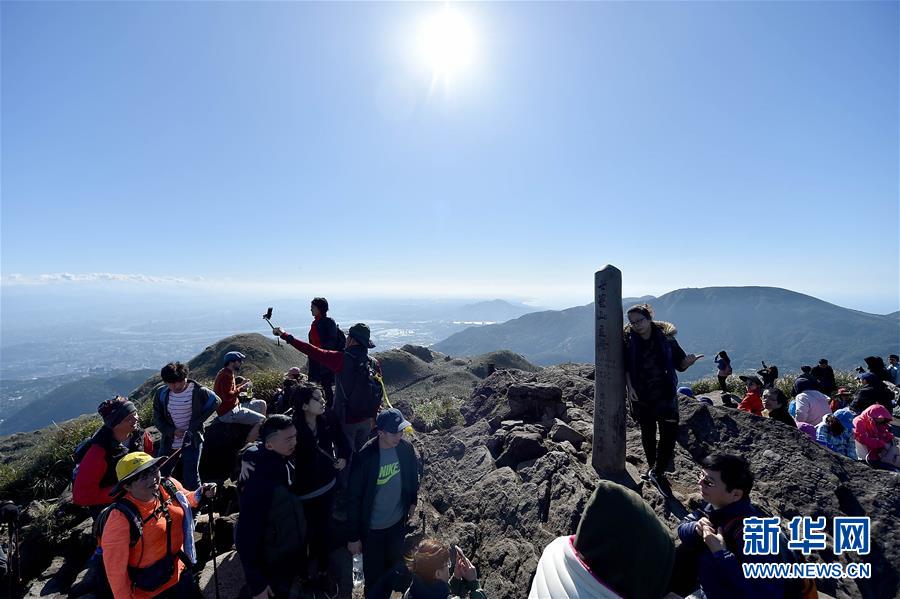 Champions League
Champions League
563.34MB
Check Hearthstone Arena Tier List
Hearthstone Arena Tier List
915.13MB
Check Hearthstone deck
Hearthstone deck
627.46MB
Check Casino Plus free 100
Casino Plus free 100
685.27MB
Check Casino Plus GCash login
Casino Plus GCash login
868.81MB
Check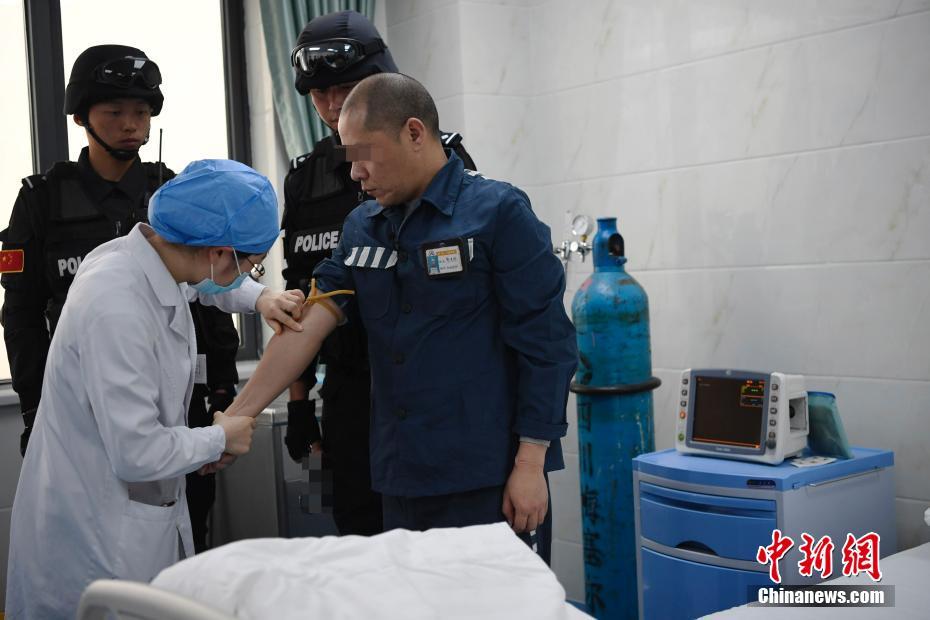 DigiPlus Philippine
DigiPlus Philippine
475.71MB
Check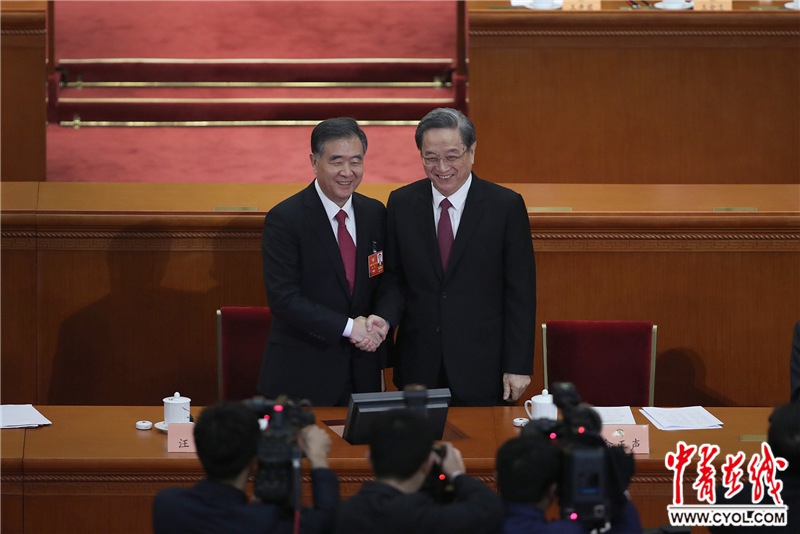 Casino Plus app
Casino Plus app
669.96MB
Check DigiPlus fair value
DigiPlus fair value
335.97MB
Check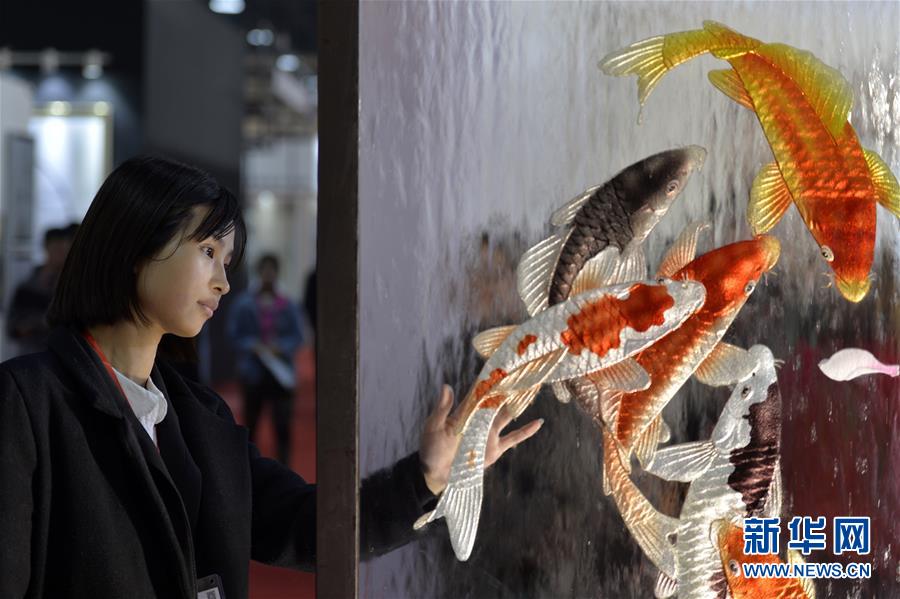 Casino redeem
Casino redeem
866.48MB
Check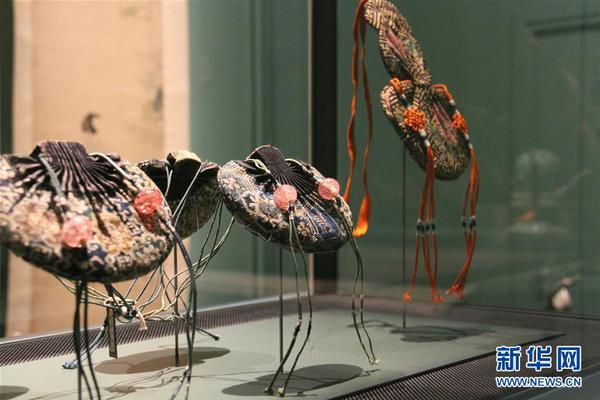 Casino free 100 no deposit
Casino free 100 no deposit
646.25MB
Check European Cup live
European Cup live
744.24MB
Check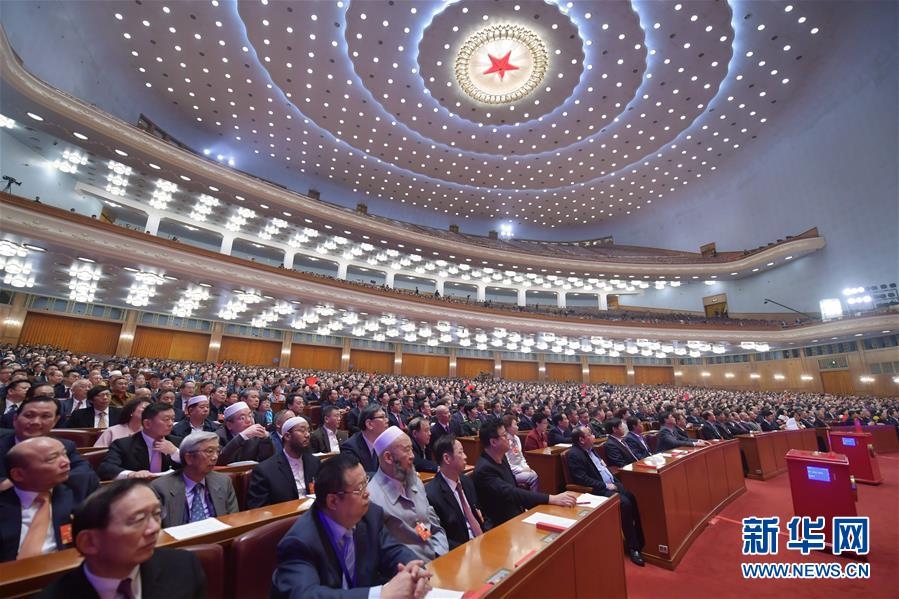 Arena Plus login
Arena Plus login
227.29MB
Check Walletinvestor digi plus
Walletinvestor digi plus
741.24MB
Check PAGCOR online casino free 100
PAGCOR online casino free 100
776.97MB
Check Hearthstone Arena Tier List
Hearthstone Arena Tier List
194.85MB
Check Bingo Plus stock
Bingo Plus stock
126.52MB
Check DigiPlus
DigiPlus
496.98MB
Check UEFA TV
UEFA TV
361.79MB
Check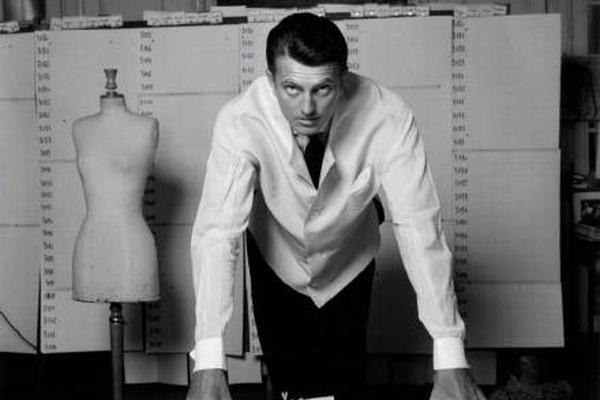 Arena plus APK
Arena plus APK
466.33MB
Check LR stock price Philippines
LR stock price Philippines
458.25MB
Check UEFA Champions League standings
UEFA Champions League standings
433.26MB
Check European Cup live
European Cup live
429.93MB
Check bingo plus update today
bingo plus update today
621.92MB
Check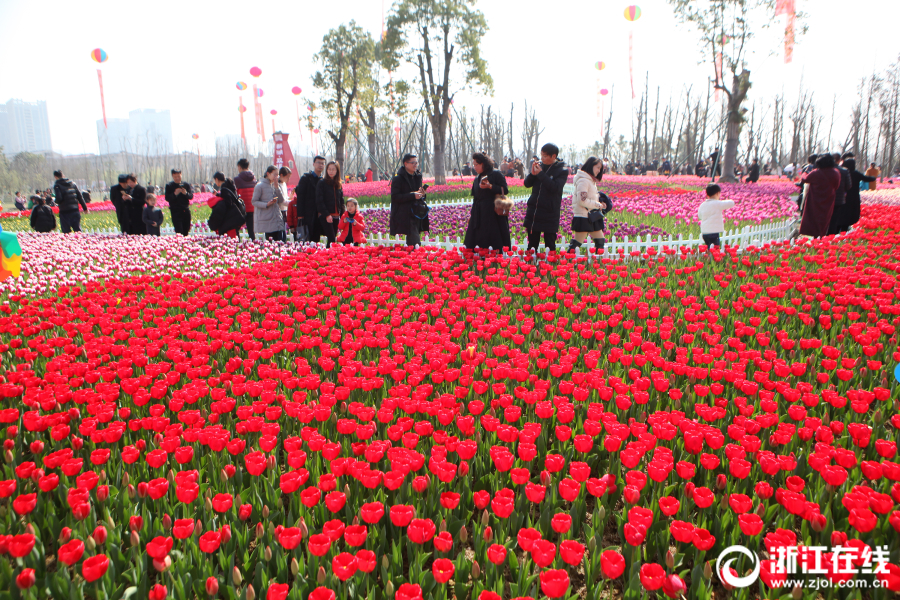 Hearthstone arena
Hearthstone arena
195.86MB
Check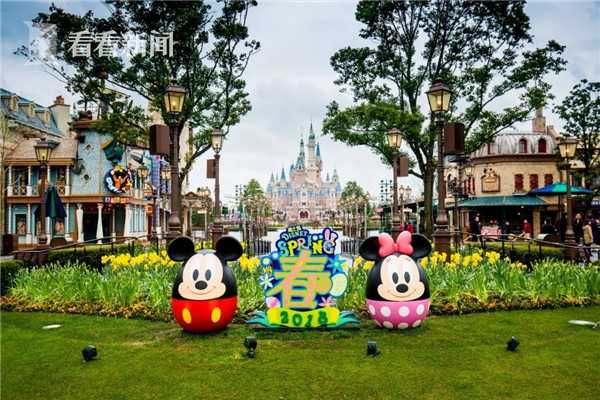 bingo plus update today Philippines
bingo plus update today Philippines
344.13MB
Check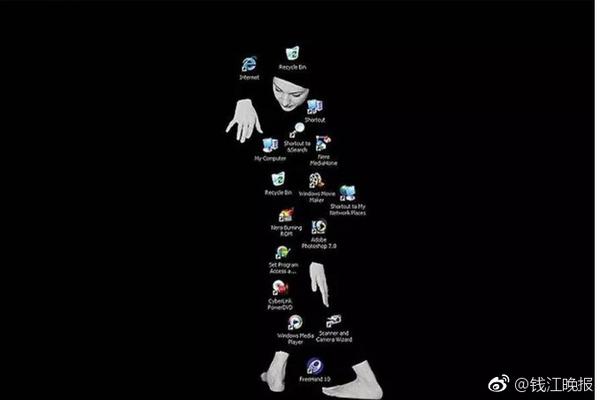 Casino Plus app
Casino Plus app
139.32MB
Check Casino Plus login register
Casino Plus login register
138.38MB
Check Casino redeem
Casino redeem
534.87MB
Check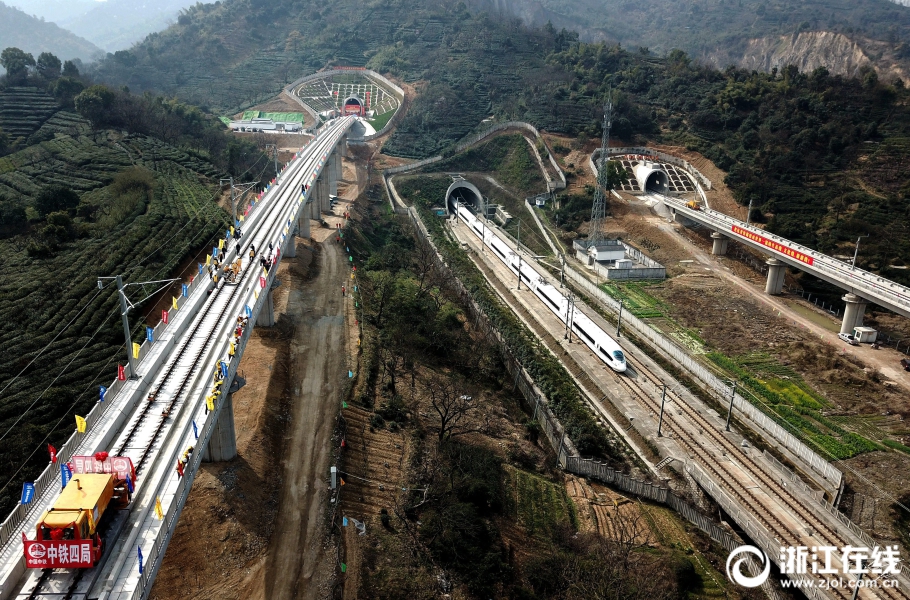 Champions League
Champions League
164.47MB
Check Arena plus APK
Arena plus APK
865.98MB
Check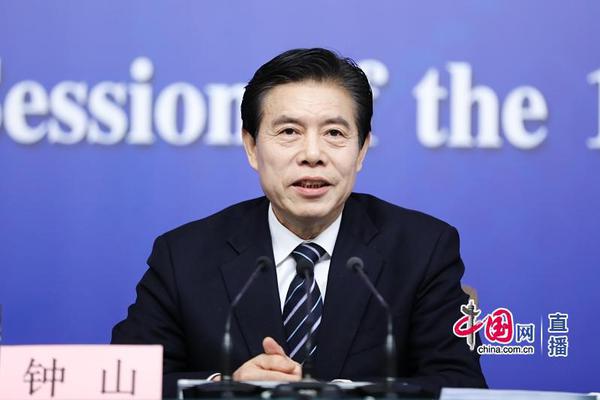 DigiPlus fair value
DigiPlus fair value
159.54MB
Check Arena Plus login
Arena Plus login
113.32MB
Check Casino Plus
Casino Plus
866.23MB
Check
Scan to install
Casino Plus free 100 to discover more
Netizen comments More
1913 Casino redeem
2025-02-23 00:56 recommend
1897 App to watch Champions League live free
2025-02-23 00:36 recommend
2867 Arena Plus login
2025-02-23 00:04 recommend
1159 Casino free 100 no deposit
2025-02-23 00:00 recommend
606 Hearthstone Arena class tier list 2024
2025-02-22 22:26 recommend